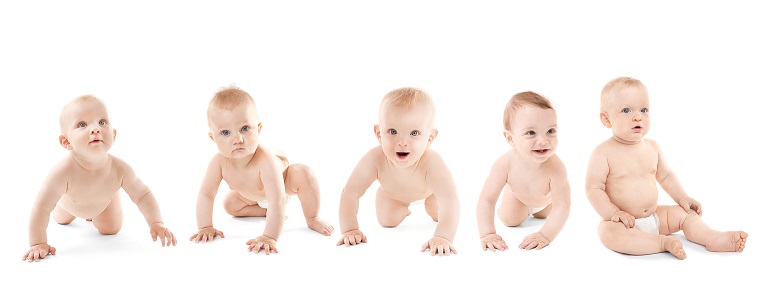From Baby Nappy to Raw Material
Project Embraced
Each baby produces about one ton of waste during its diaper period. In fact, approximately 8.5 million tons of such hygienic waste is generated each year in Europe. This includes both organic and non-organic waste materials, especially plastics, and are difficult or impossible to recycle. The EU-funded project Embraced consists of a consortium of 13 project partners working on the recycling of baby diapers. The primary goal is to establish a circular model for the recycling of baby diapers.
Absorbent Hygiene Products (also called AHP) account for up to 4% of household waste in Europe. Until now, recycling has been too costly and time-consuming to implement economically on an industrial scale. In the Embraced project, this waste stream is to be converted into a circular economy with efficient recycling - up to 10,000 tons of AHP waste can thus be converted back into recyclable materials.
All waste components - also called fractions - are considered in the project. Material cycles are developed for all materials. These are essentially divided into three fractions:
1. Cellulose
2. Plastics
3. Super absorbent polymers
However, waste water streams generated during the recycling process should also be retained in the cycle as far as possible. One of these work packages is covered by the Fraunhofer IWKS and involves the recovery of valuable substances and nutrients from the process water that is generated during the treatment of diaper waste. The researchers are currently focusing on the recovery of ammonia. This substance is present in a considerable concentration of up to 10 grams per liter, making its recovery sensible and economical. The recovered ammonia is then to be used again for the bioreaction as a nutrient for bacteria. During the bioreaction, biobased building blocks for new products are obtained from cellulose fibers in the waste.
Fraunhofer IWKS has looked at various technologies for the treatment of process water and ultimately identified flat membrane filtration using the cross-flow principle as the most efficient method. The process water is conducted parallel to a membrane. At a sufficiently high back pressure, part of the water flows through the membrane, while various constituents are retained. The researchers are working in the nano filtration range (0.001 µm pore size) - this corresponds approximately to the size of a simple sugar molecule. In order to prevent other particles of smaller size from entering the target solution, the membrane is negatively charged and thus prevents polyvalent ions from being retained, e.g. sulfate.
The advantages of the process compared to other methods at a glance:
Selective separation of a substance without the use of chemicals
Fewer intermediate and treatment steps, as ammonia is highly concentrated but in liquid form
Lower energy consumption than with other processes (e.g. thermal)
Lower cost factor with high sustainability
Low space requirement
The first promising experiments are already underway and the aim is to scale up the process for industrial application in the pilot plant.
Project partners:
AEB
Circe
Contarina SPA
Edizioni Ambiente
Fater
Fertinagro
Fraunhofer IWKS
Legambiente
Novamont
Procter & Gamble
Saponia
TerraCycle
Wittenburg
